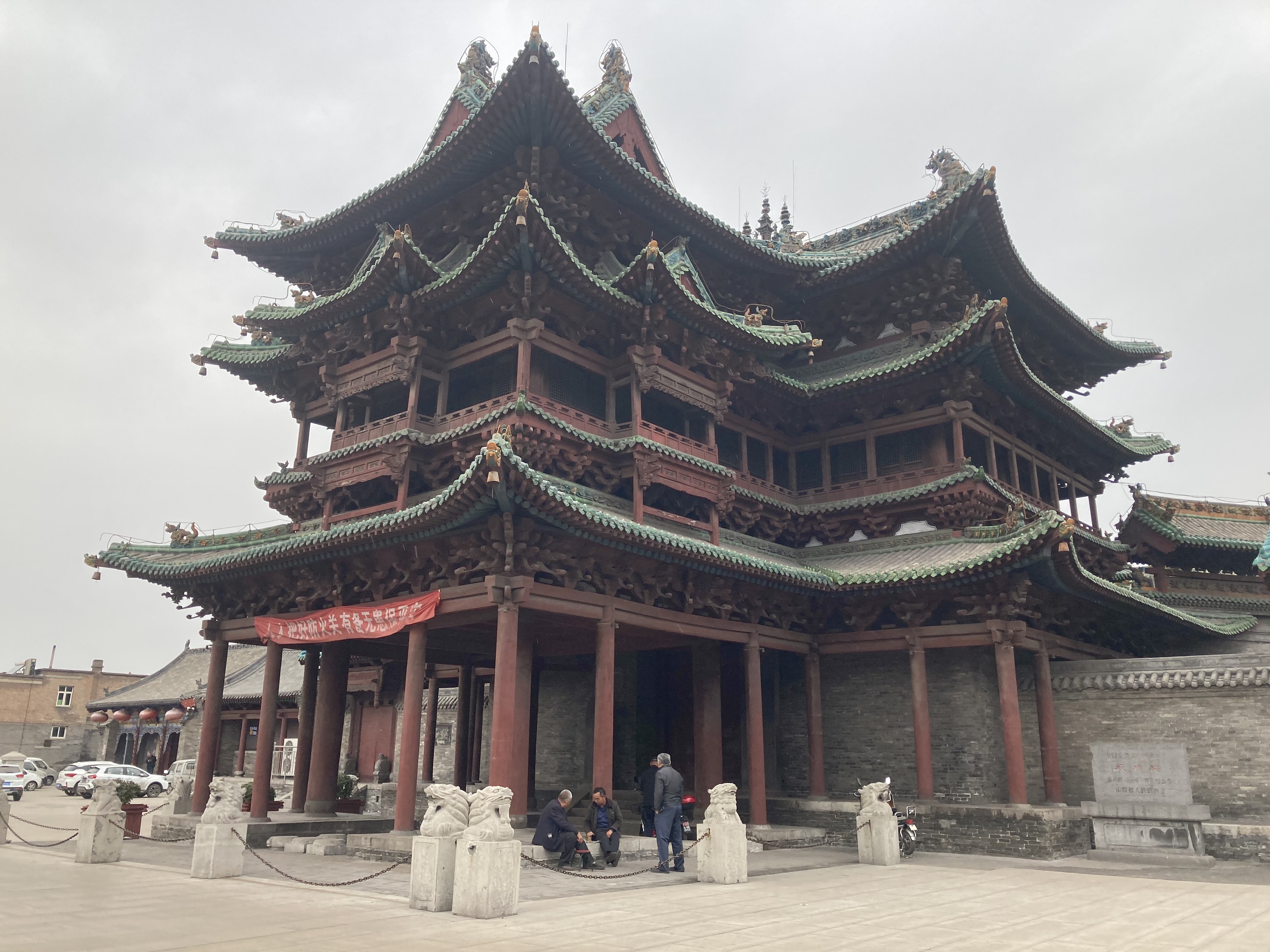Xianshenlou on:
[Wikipedia]
[Google]
[Amazon]
 Xianshenlou ( zh, t=祆神樓, s=祆神楼, l=
Xianshenlou ( zh, t=祆神樓, s=祆神楼, l=
 Xianshenlou ( zh, t=祆神樓, s=祆神楼, l=
Xianshenlou ( zh, t=祆神樓, s=祆神楼, l=Zoroaster
Zoroaster,; fa, زرتشت, Zartosht, label=New Persian, Modern Persian; ku, زەردەشت, Zerdeşt also known as Zarathustra,, . Also known as Zarathushtra Spitama, or Ashu Zarathushtra is regarded as the spiritual founder of Zoroastria ...
Tower) is a pavilion-style building located in Jiexiu
Jiexiu is a county-level city in the central part of Shanxi Province, China. It is under the administration of the prefecture-level city of Jinzhong and is located in the latter's western confines. Notable sites in and around Jiexiu include Mo ...
, Shanxi
Shanxi (; ; formerly romanised as Shansi) is a landlocked province of the People's Republic of China and is part of the North China region. The capital and largest city of the province is Taiyuan, while its next most populated prefecture-lev ...
, China, first built in the Song dynasty
The Song dynasty (; ; 960–1279) was an imperial dynasty of China that began in 960 and lasted until 1279. The dynasty was founded by Emperor Taizu of Song following his usurpation of the throne of the Later Zhou. The Song conquered the rest ...
as the stage that formed part of larger Zoroastrian temple complex.
While the temple itself has since been demolished and replaced by a Taoist monastery, Xianshenlou is considered to be the sole surviving Zoroastrian
Zoroastrianism is an Iranian religion and one of the world's oldest organized faiths, based on the teachings of the Iranian-speaking prophet Zoroaster. It has a dualistic cosmology of good and evil within the framework of a monotheistic on ...
building in China, and as such was listed as a Major Historical and Cultural Site Protected at the National Level
A Major Historical and Cultural Site Protected at the National LevelEnglish translation for "全国重点文物保护单位" varies, it includes Major Site (to Be) Protected for Its Historical and Cultural Value at the National Level, Major Histo ...
in 1996.
Gallery
See also
* ''Sogdian Daēnās
''Sogdian Daēnās'', also known as ''Sogdian Deities'' (french: Deux divinités féminines; zh, t=粟特神祇白畫) is a 10th-century line drawing discovered by the French Orientalist Paul Pelliot at the Mogao Caves. It was painted during t ...
''
* Zoroastrianism in China
References
{{Reflist Major National Historical and Cultural Sites in Shanxi All articles with unsourced statements Articles using infobox templates with no data rows Jinzhong